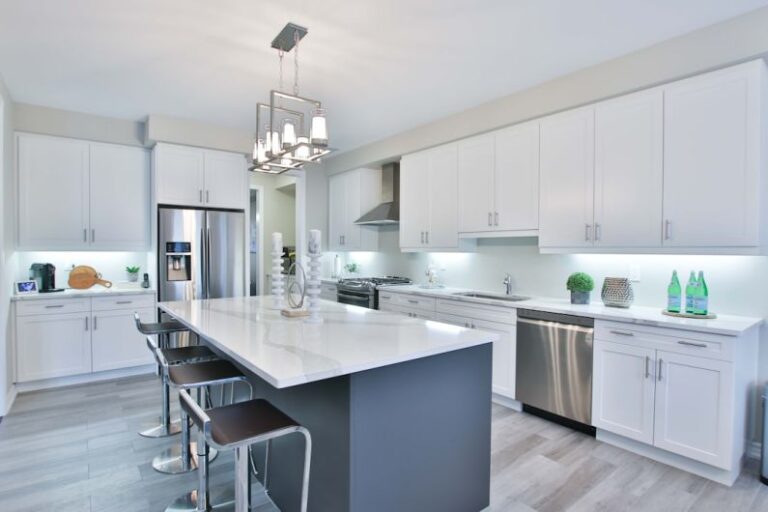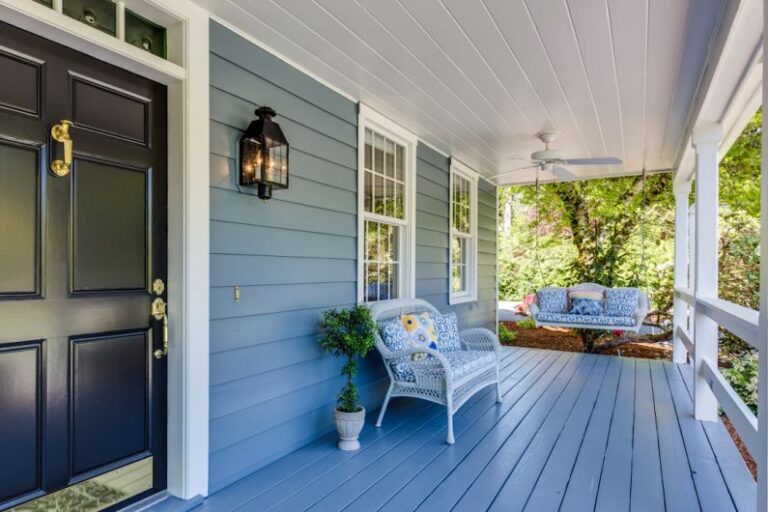
Planning a Renovation Timeline
Embarking on a renovation project can be an exciting yet daunting task. From choosing the right materials to finding the perfect contractors, there are numerous factors to consider when planning a renovation. One crucial aspect that often gets overlooked is creating a detailed renovation timeline. A well-thought-out timeline can help keep the project on track, ensure that deadlines are met, and prevent unnecessary delays. In this article, we will explore how to plan a renovation timeline effectively to ensure a successful project completion.
Establish Clear Goals and Priorities
Before diving into the nitty-gritty details of your renovation timeline, it’s essential to establish clear goals and priorities for your project. What are you hoping to achieve with this renovation? Are you looking to increase the functionality of a space, enhance its aesthetic appeal, or increase the value of your property? By defining your goals and priorities upfront, you can better align your timeline with your objectives and make informed decisions throughout the renovation process.
Assess the Scope of Work
Once you have a clear understanding of your renovation goals, the next step is to assess the scope of work involved. Take the time to conduct a thorough inspection of the areas that will be renovated and make a list of all the tasks that need to be completed. This could include demolition, plumbing, electrical work, flooring installation, painting, and more. Breaking down the renovation into specific tasks will not only help you create a more detailed timeline but also ensure that nothing gets overlooked during the planning process.
Allocate Sufficient Time for Each Task
When creating a renovation timeline, it’s crucial to allocate sufficient time for each task based on its complexity and the resources required. Be realistic about the amount of time each task will take and build in some buffer time for unexpected delays or challenges that may arise. It’s better to overestimate the time needed for each task than to underestimate it and end up falling behind schedule.
Sequence Tasks Strategically
To ensure a smooth and efficient renovation process, it’s important to sequence tasks strategically. Certain tasks, such as plumbing and electrical work, may need to be completed before others can begin. By carefully planning the sequence of tasks, you can avoid unnecessary delays and ensure that the project progresses in a logical and efficient manner.
Coordinate with Contractors and Suppliers
A successful renovation timeline relies heavily on effective communication and coordination with contractors and suppliers. Make sure to discuss your timeline and deadlines with all involved parties upfront to ensure that everyone is on the same page. Regularly check in with contractors and suppliers to monitor progress, address any issues that may arise, and make any necessary adjustments to the timeline.
Factor in Permitting and Inspection Processes
Don’t forget to factor in the time needed for permitting and inspection processes when creating your renovation timeline. Depending on the scope of your project and your location, you may need to obtain permits for certain renovations and schedule inspections at various stages of the project. Failing to account for these processes in your timeline can lead to significant delays and added costs down the line.
Monitor Progress and Make Adjustments as Needed
Throughout the renovation process, it’s essential to monitor progress closely and make adjustments to the timeline as needed. Keep a detailed record of completed tasks, deadlines met, and any unexpected delays that may have occurred. By staying proactive and flexible, you can ensure that your renovation stays on track and is completed on time.
In Conclusion
Planning a renovation timeline is a critical step in ensuring the success of your renovation project. By establishing clear goals, assessing the scope of work, allocating sufficient time for each task, sequencing tasks strategically, coordinating with contractors and suppliers, factoring in permitting and inspection processes, and monitoring progress closely, you can create a comprehensive timeline that will guide you through the renovation process smoothly. Remember, a well-planned timeline is not set in stone – be prepared to make adjustments as needed to keep your project on track and achieve your renovation goals.





